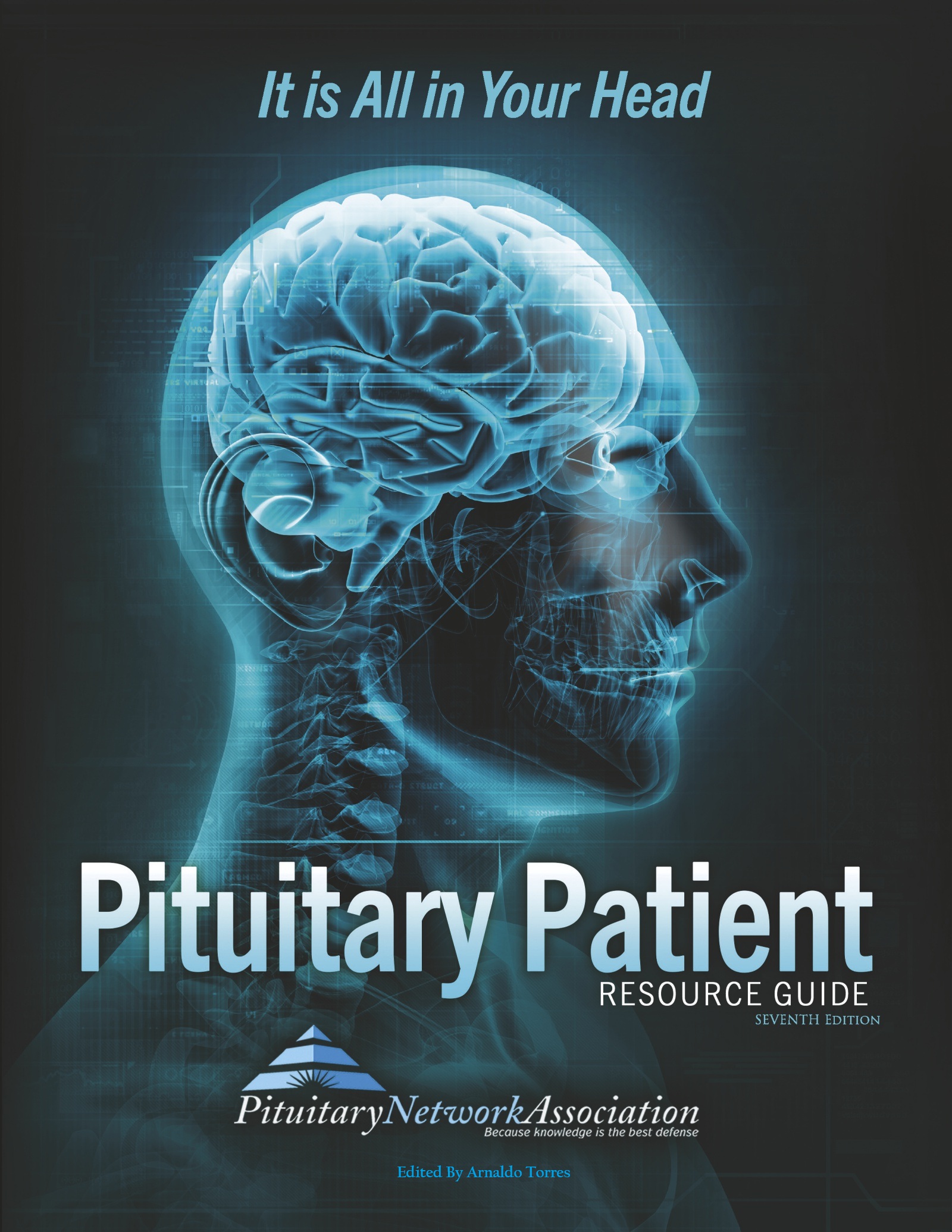News Articles February 2022
Written on 04 February 2022.
Tumor Marker
Substances found in blood or other fluids that identify the presence of a tumor, and/or the tumor type.
Often measured in blood.
Turbinate
(Superior, middle, or inferior.) Bony prominences in the nasal passageway.
A bone in the nose that is situated along the side wall of the nose and is covered by mucous membrane.
Ultrasound
Visualization of structures in the body by recording the reflections of sound waves directed into tissues. May be used during surgery.
Also called ultrasound scanning or sonography, uses high-frequency sound waves to obtain images inside the body. Neurosonography (ultrasound of the brain and spinal column) analyzes blood flow in the brain and can diagnose stroke, brain tumors, hydrocephalus (build-up of cerebrospinal fluid in the brain), and vascular problems. It can also identify or rule out inflammatory processes causing pain. It is more effective than an x-ray in displaying soft tissue masses and can show tears in ligaments, muscles, tendons, and other soft tissue masses in the back. Transcranial Doppler ultrasound is used to view arteries and blood vessels in the neck and determine blood flow and risk of stroke.
During ultrasound, the patient lies on an imaging table and removes clothing around the area of the body to be scanned. A jelly-like lubricant is applied and a transducer, which both sends and receives high-frequency sound waves, is passed over the body. The sound wave echoes are recorded and displayed as a computer-generated real-time visual image of the structure or tissue being examined. Ultrasound is painless, noninvasive, and risk-free.
Undifferentiated
An immature, embryonic, or primitive cell. It has a nonspecific appearance with multiple nonspecific activities and functions poorly. See differentiate, dedifferentiate.
In cancer, refers to how mature (developed) the cancer cells are in a tumor. Differentiated tumor cells resemble normal cells and tend to grow and spread at a slower rate than undifferentiated or poorly differentiated tumor cells, which lack the structure and function of normal cells and grow uncontrollably.
Uterus
The hollow muscular organ in which the impregnated ovum (egg) is developed into an infant.
The uterus is about 7.5 cm in length in the nonpregnant woman, and consists of a main portion (body) with an elongated lower part (neck), at the extremity of which is the opening (os). The upper rounded portion of the uterus, opposite the os, is the fundus, at each extremity of which is the horn marking the part where the uterine tube joins the uterus and through which the ovum reaches the uterine cavity after leaving the ovary. The organ is supported in the pelvic cavity by the broad ligaments, round ligaments, cardinal ligaments, and rectouterine (relating to rectum and uterus) and vesicouterine (relating to bladder and uterus) folds or ligaments.
Vascular
Relating to or containing blood vessels.
The vascular system is the body’s network of blood vessels; the arteries, veins and capillaries that carry blood to and from the heart.
Vascularity
The blood supply of a tumor.
The blood supply of a tumor.
WHR
Waist:Hip Ratio
A measure of truncal obesity, a particular feature of GH deficient patients.
X-Ray
A radiograph or radiation used in diagnostics or treatment.
1) The ionizing electromagnetic radiation emitted from a highly evacuated tube, resulting from the excitation of the inner orbital electrons by the bombardment of the target anode with a stream of electrons from a heated cathode.
2) Ionizing electromagnetic radiation produced by the excitation of the inner orbital electrons of an atom by other processes, such as nuclear delay and its sequelae.
Symptoms of a Pituitary Disorder
Symptoms of a Pituitary Disorder
Do you or a loved one suffer from undiagnosed symptoms? Do you go from doctor to doctor trying to find out why you feel so bad only to be told that there is nothing wrong with you, it’s all in your head? It may be all in your head, your symptoms may be caused by your pitiutary gland. For detailed information about the pituitary gland visit our about pituitary section.
The pituitary gland is often referred to as the “Master Gland” of the body. Due to the pituitary’s involvement in regulating hormones, any pituitary disturbance can create a hormonal imbalance. Hormonal imbalances can cause a number of symptoms, some of which are listed below.
- Headaches
- Depression
- Mood/Emotion Swings
- Anger
- Loss of Memory
- Loss of Sleep
- Sexual Dysfunction
- Lethargy
- Weakness in Limbs
- High Blood Pressure
- Unusual Hair Growth
- Eating Disorders
- Anorexia
- Obesity
- Bulimia
- Weight Gain
- Diabetes
- Infertility
- Impotence
- Irregular Menses
- Lactating
One or more of these symptoms may not indicate a pituitary disorder, but if you have some of these and they are unexplained, you owe it to yourself to investigate further. Take the time to go through the important information here on the PNA Website. Ask your physician about all your symptoms. Often symptoms are dealt with as individual pieces, without a look at the whole puzzle. When that happens the symptom is treated, but not the underlying cause.
Research and Facts
“1 in 5 individuals may have an abnormal growth on their pituitary gland, causing significant health complications that, if left undiagnosed and untreated, can impair normal hormone function and result in a reduced lifespan.”
Shereen Ezzat, M.D., Professor of Medicine, University of Toronto
Some have estimated nearly 30%. In reviewing dozens of studies over the past 80 years on the Prevalence of Pituitary Tumors, the consensus was reached that at least 16.7% of the population develop or harbor pituitary tumors. Supported by the PNA and published by the American Cancer Society June 2004, the systematic review abstract “The Prevalence of Pituitary Adenomas.
PDF full text file available here Prevalence_Of_Pituitary_Adenomas.pdf
Take the First Three Steps
Step 1: Take action and get educated. Knowledge is Power!
WHAT IS THE PITUITARY GLAND AND WHAT DOES IT AFFECT?
The pituitary is a small, pea-sized gland located at the base of the brain that functions as “The Master Gland.” From its lofty position above the rest of the body it sends signals to the thyroid gland, adrenal glands, ovaries and testes, directing them to produce thyroid hormone, cortisol, estrogen, testosterone, and many more. These hormones have dramatic effects on metabolism, blood pressure, sexuality, reproduction,and other vital body functions. In addition, thepituitary gland produces growth hormone for normal development of height and prolactin for milk production.
For more information visit the “About Pituitary” page.
Visit our online bookstore at www.pituitarybooks.com for valuable resources to educate yourself on the latest information and the best treatments available.
Purchase the Pituitary Patient Resource Guide Fifth Edition from www.pituitarybooks.com. This amazing guide will give you a wealth of information on everything from symptoms and diagnosis to treatment and surgery options. Included is a list of Pituitary Health Care Providers and Pituitary Treatment Centers. You owe it to yourself to make sure that you are armed with the power to obtain the best quality of life possible.
Step 2: Join the Pituitary Network Association
The PNA is dedicated to providing valuable information to pituitary patients worldwide. We strive on a daily basis to find relevent, reliable information that patients can trust. There is so much misinformation available on the internet. The PNA Staff, along with it’s panel of Scientific Advisors, seeks out information you can trust about the latest findings. The PNA commissions studies about pituitary related illnesses and disorders. The PNA puts together Resource Guides and other publications geared toward educating not only patients, but physicians as well. The PNA provides webinars presented by some of the top Pituitary Care Providers in the world to provide information about pituitary disorders, including how to diagnose and treat them. These webinars are viewed worldwide by patients, their families, physicians and mental health care providers.
Becoming a member supports these efforts. No other organization provides this level of information and support. Since we are a nonprofit organization we operate on membership fees, donations and grants. Without members we will not have the ability to provide all of these services for patients. Being a PNA member allows you exclusive access to our library of previous webinars and access to our Ask the Experts program.
Step 3: Explore this website
Until the day comes when it’s common for pituitary disorders to be properly diagnosed and treated by family physicians and specialists, it’s up to YOU to become actively involved in this process. The PNA website offers a wealth of information to you. You’ll find news of the PNA’s efforts, articles on the latest studies, links to successful treatment centers, forums where you can compare notes with other pituitary patients, reports from physicians on the leading edge of research and treatment, a bookstore loaded with invaluable resources, and much more – all continually updated.
Available Now!

The Pituitary Patient Resource Guide Sixth Edition is now available! Be one of the first to have the most up-to-date information. The Pituitary Patient Resource Guide a one of a kind publication intended as an invaluable source of information not only for patients but also their families, physicians, and all health care providers. It contains information on symptoms, proper testing, how to get a diagnosis, and the treatment options that are available. It also includes Pituitary Network Association's patient resource listings for expert medical care.

Xeris Pharmaceuticals is valued member of the PNA










